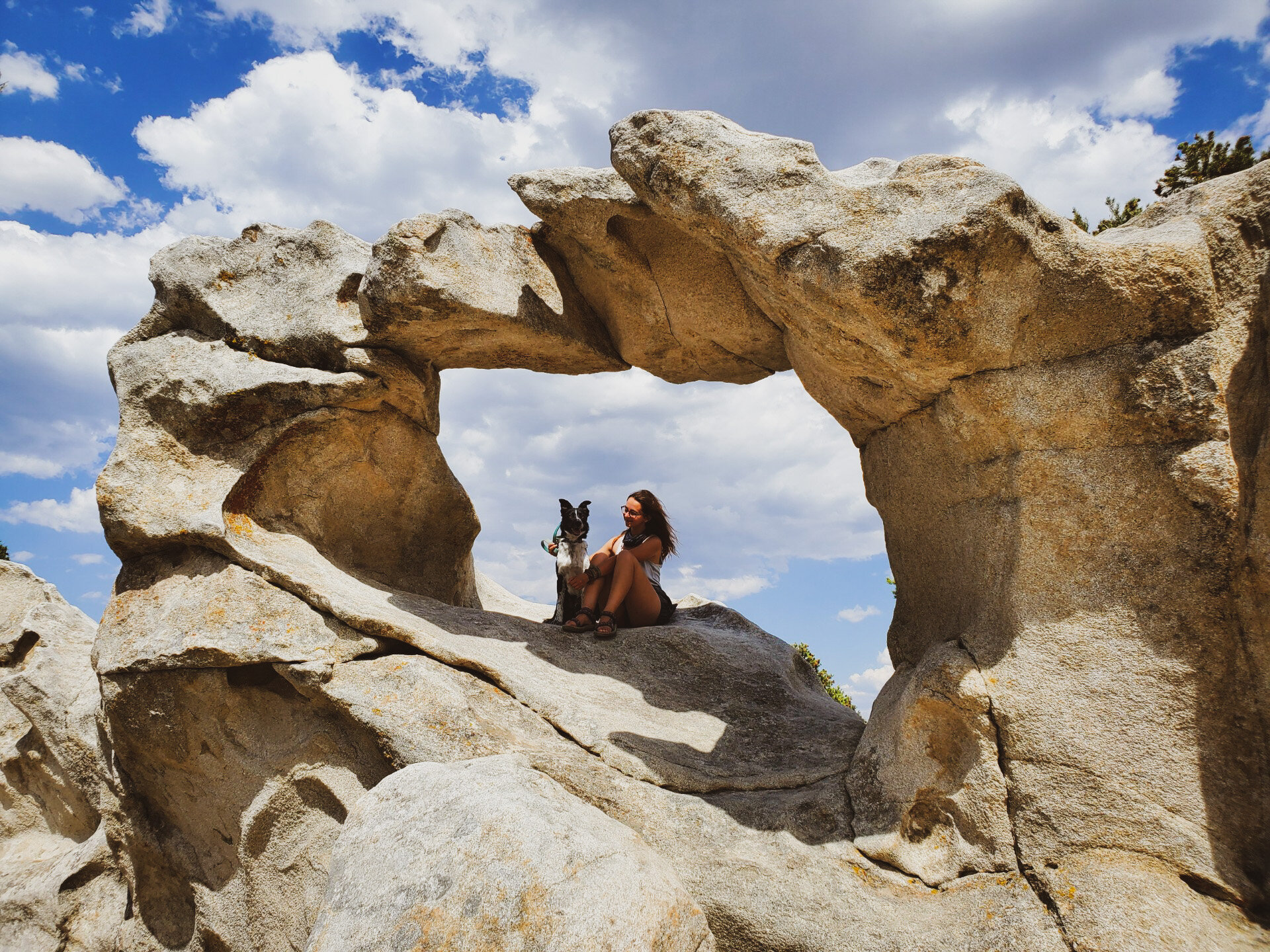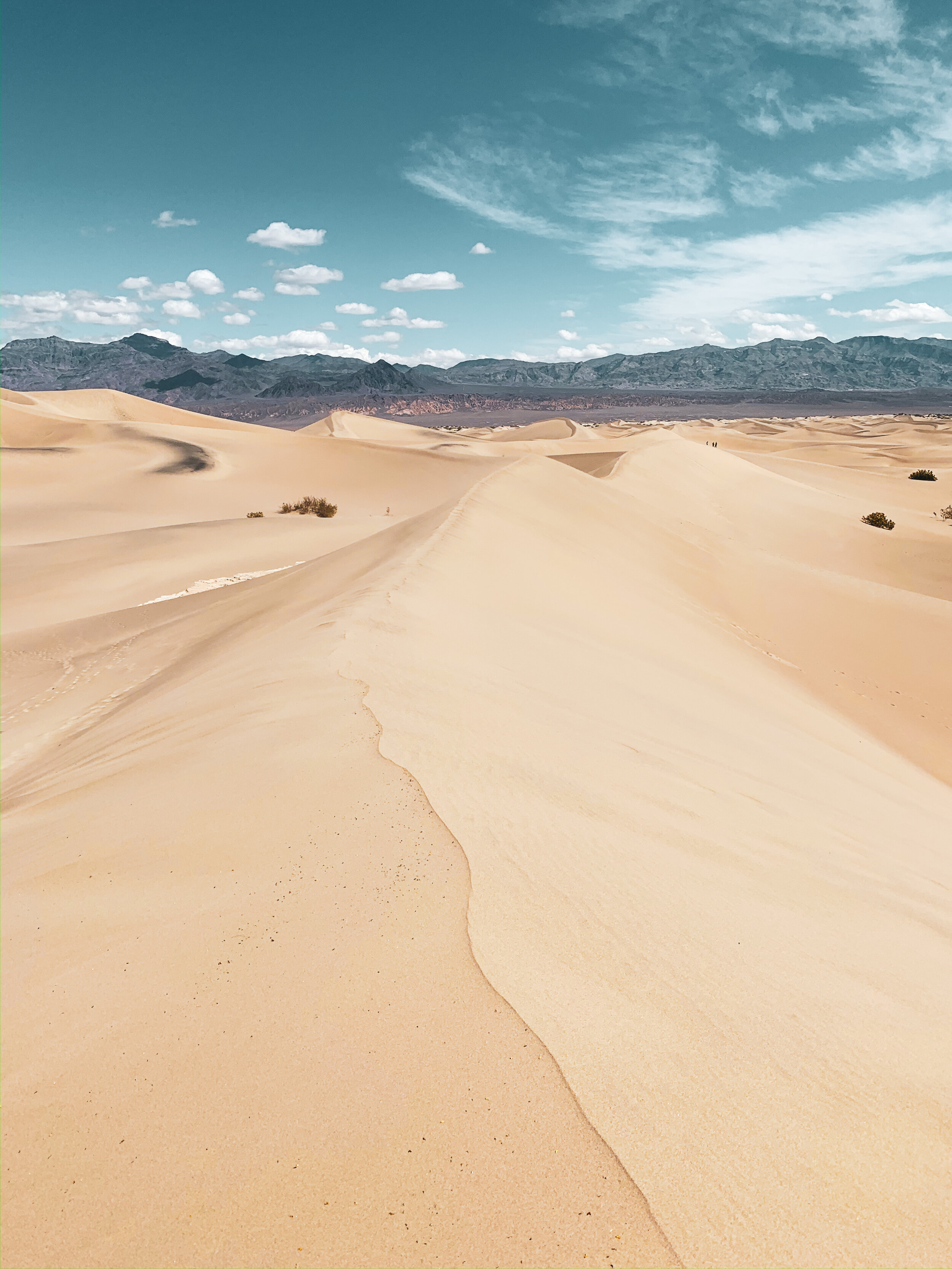Zion National Park is one of the most popular National Parks in the National Park System, and Angel’s Landing is one of the most popular trails in the park. Starting on April 1, 2022, hikers are going to be required to have a permit to hike Angel’s Landing, which is an attempt to help increase safety on the trail, as well as promote further conservation efforts of this landscape.
Angel’s Landing is a hike that requires technical skill to complete, but because of its popularity, many people end up getting injured or worse while attempting this hike. The hike starts off with 27 steep switchbacks for a mile, and then turns into a portion of the trail where you need to use chains that are installed on the sides of the trail so that you can ascend the rest of the way. The chains are there to help you pull yourself up the rock, but also to prevent falling because there are steep drop offs on one and sometimes both sides of the trail. The trail does get extremely congested, and requires groups to take turns ascending and descending the trail as they hike. The entire hike is about 5 miles long, and gains about 1,500 feet in elevation on the ascent.
Understanding the new permit system
This is going to be the first year that Angel’s Landing has a permit requirement for hiking. For this year at least, the National Park Service (NPS) is only going to issue permits via a lottery system, similar to Yosemite’s Half Dome permit system.
At the top of Angel’s Landing, surrounded by the usual crowds
You can apply in advance for permits by choosing a few dates you would like to hike Angel’s Landing. You can apply for advance permits via recreation.gov or choose to enter the daily lottery instead.
The Day-before Lottery is similar to the advance lottery, but will only be an application for people trying to do the hike the day after they apply. You have to apply the day before you want to hike, between noon and 3pm Mountain Standard Time.
No matter which lottery you choose to enter to try and score a permit, it does cost $6 to apply for a permit. The good news is, that money goes back to the NPS to keep places like this going!
Getting on the trail
In the busy season, you will need to take a free shuttle to the Grotto, which is where your trailhead will be. A ranger might check your permit here before you start the trail, or they might check for permits at Scouts Lookout, at the top of the switchbacks.
You can still hike to Scouts Lookout without a permit.
It’s recommended that you have proper gear for this hike. As someone who has summited Angel’s Landing twice, I recommend hiking boots, a backpack (so you can keep your hands free), and a water bladder that holds at least 2 liters of water. In the summers, you’re going to want to carry about 2 liters per person for this hike.
Now, you’re ready to hit the trail! Make sure that you leave no trace, be safe, and have fun!
Learn more at NPS.gov

































































